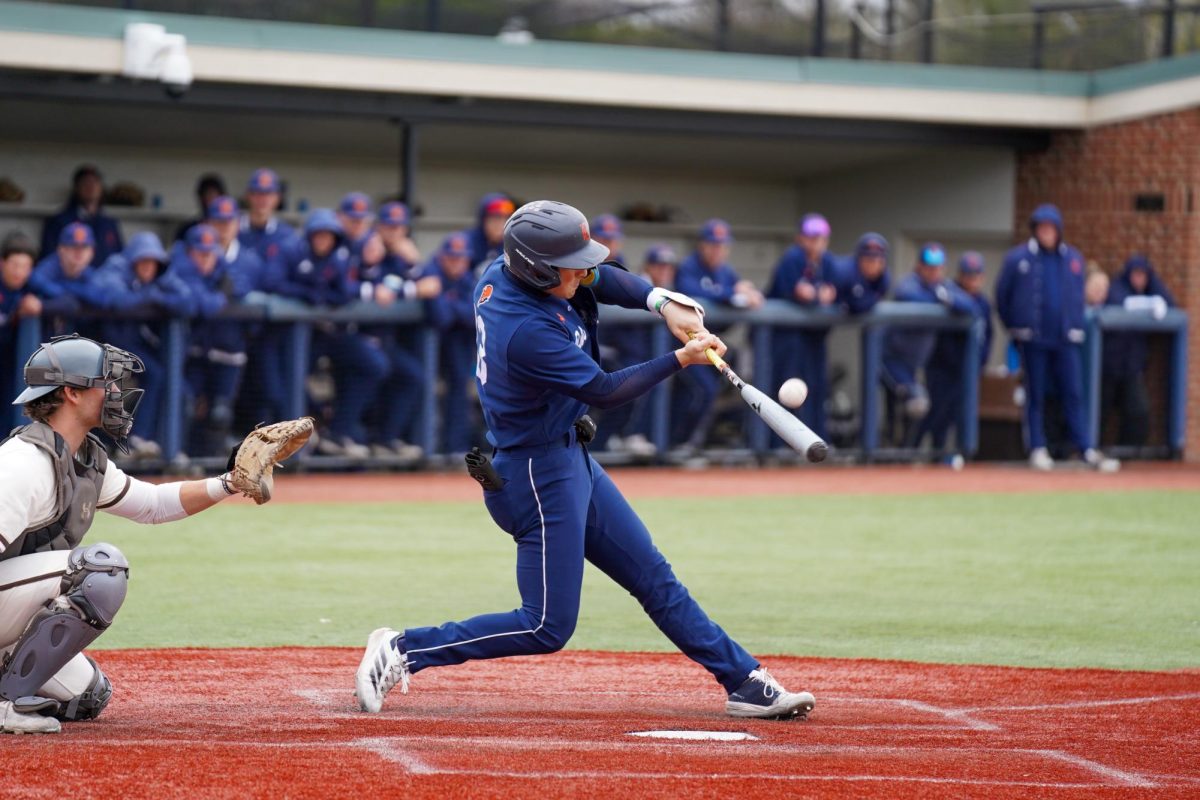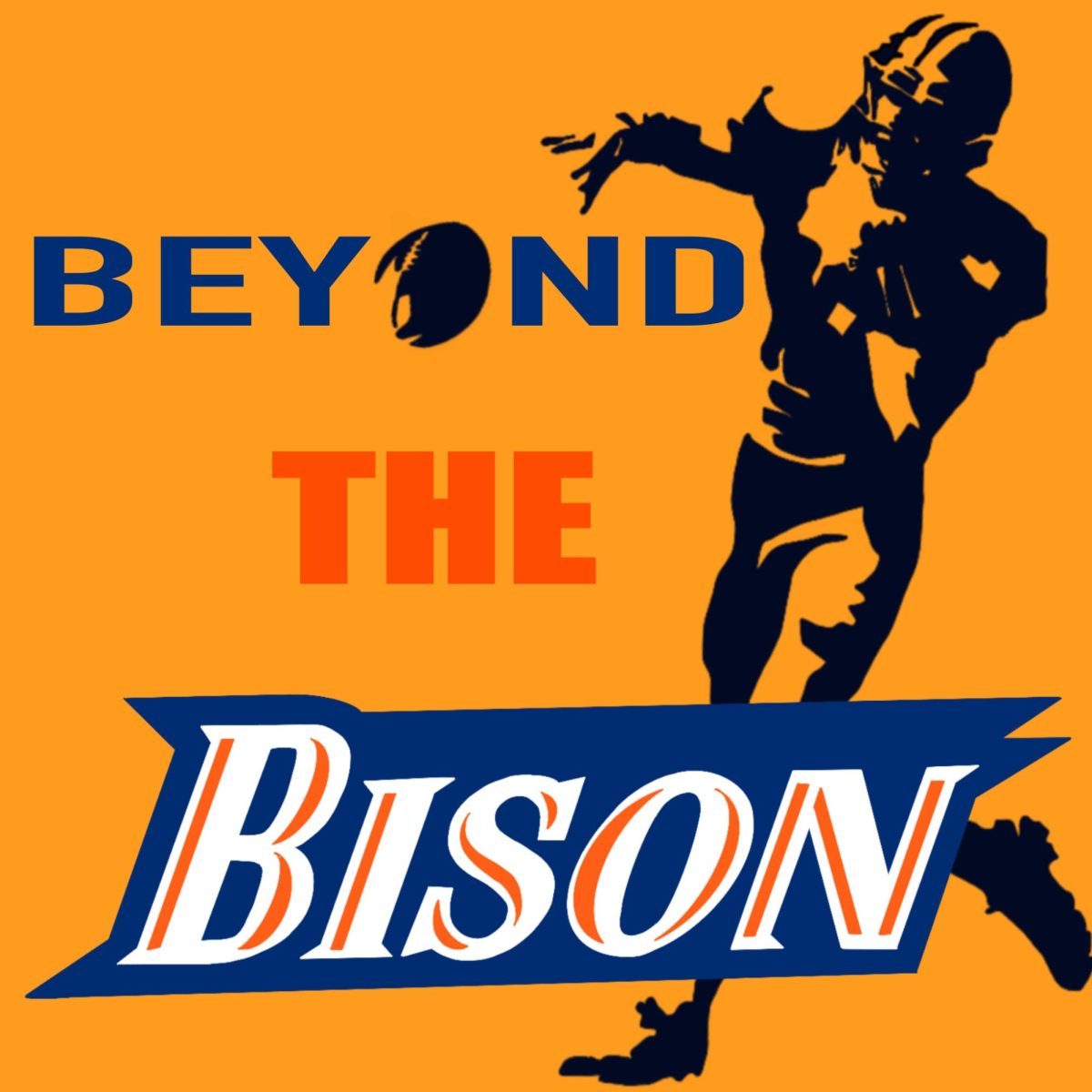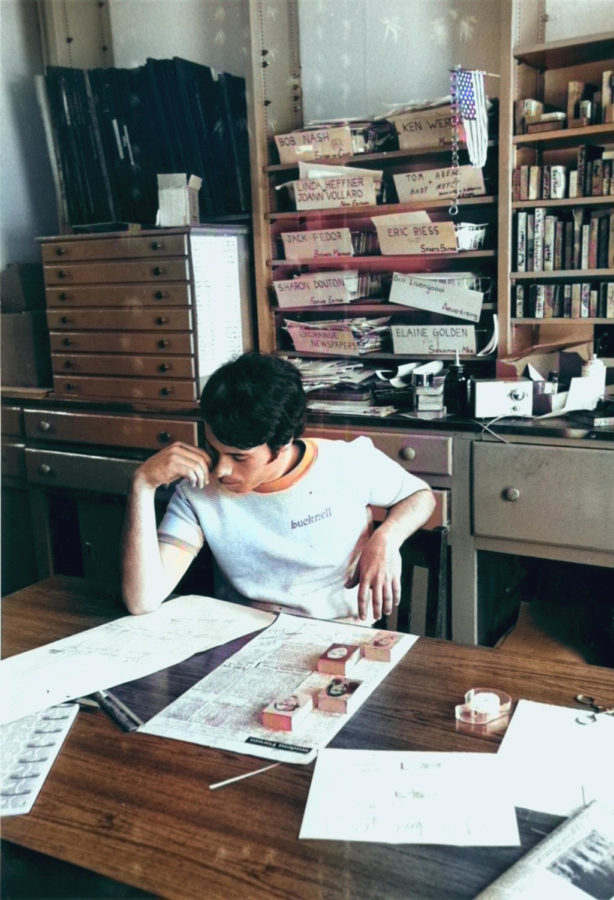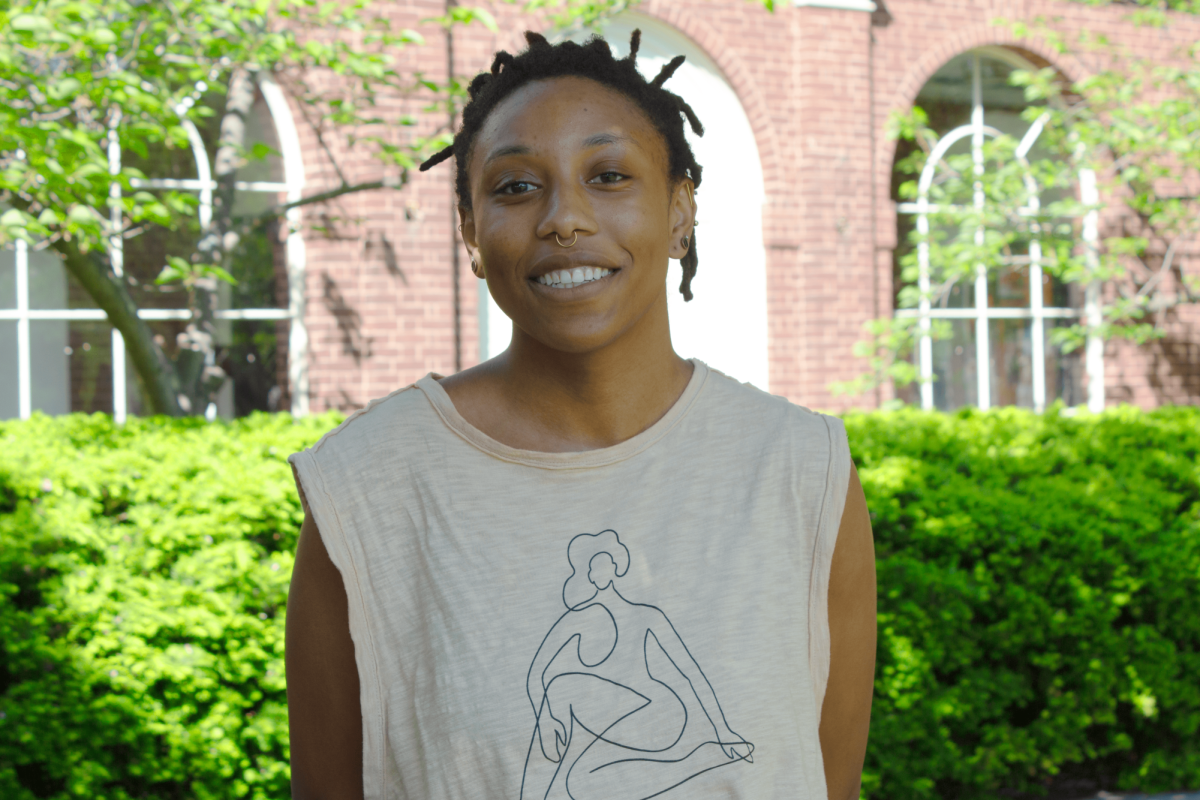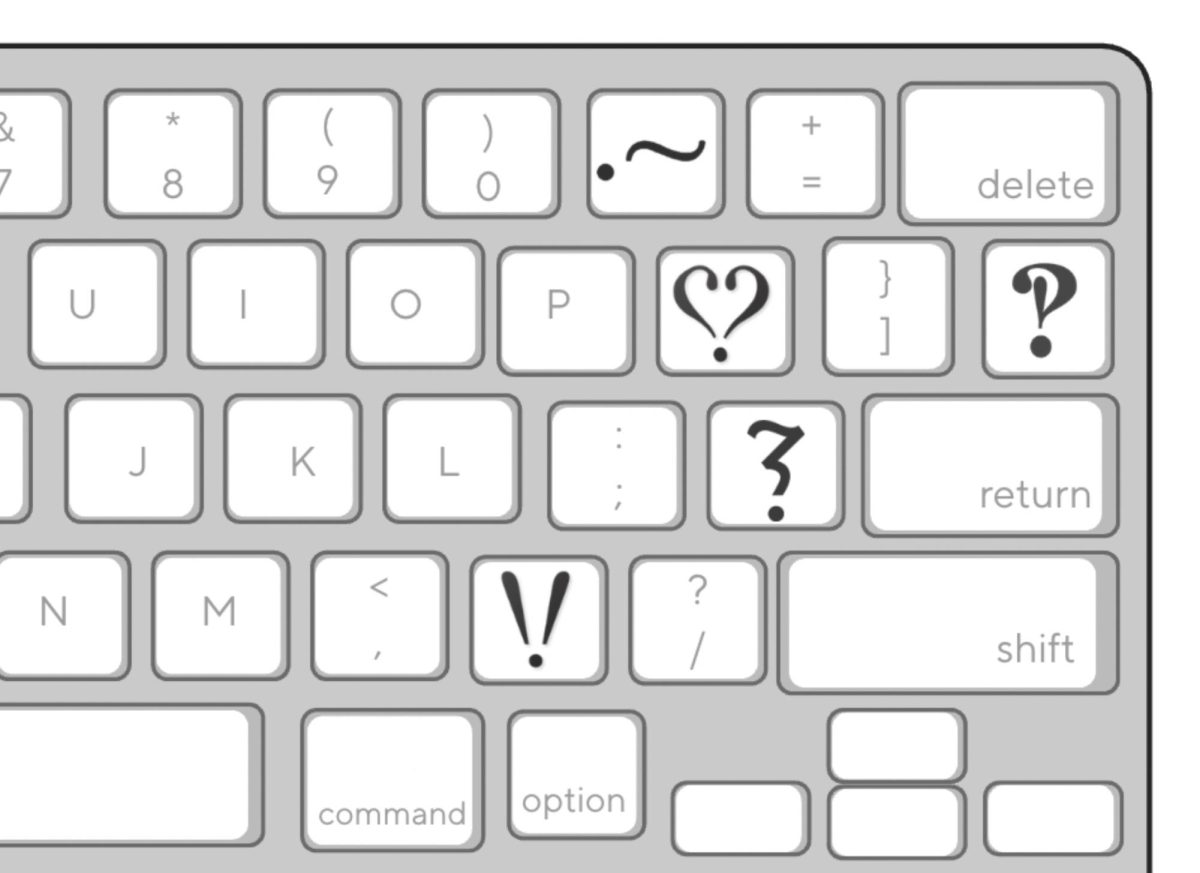To all the prospective criminals out there, make sure to get a facelift first. Your fate might rest in the hands of how high your eyebrows are.
We’re wired to make quick decisions about one another, regarding danger or trust, on a level far below what we’re consciously aware of. In everyday life, this might mean making a sharp right turn on the street to avoid an approaching potential threat, but in the courts, it might just mean a life sentence or death row.
Facial trustworthiness bias is when humans tend to make decisions about others’ trustworthiness based solely on their facial features. What’s arguably more important is the incredible value that is placed on these quick and unreliable first impressions, even if it turns out the initial judgment is completely contradictory to the actual behavior, showcasing their character.
A study conducted by psychological researchers used a version of a trust game, where participants had to decide how much money to send a stranger, in hopes that the stranger would return their generosity. Some of the strangers had more trustworthy-looking faces, and some resembled a more untrustworthy character. Predictably, the more trustworthy faces were sent more money by the participants. What was shocking was that even if the people with trustworthy faces did not return the money, participants stuck with their initial impression and continued to deem them trustworthy.
This stubbornness reveals a truth about how humans operate, suggesting that once we form an opinion, we tend to stick with it no matter the actual situation at hand. Another psychological phenomenon that comes into play is tunnel vision. This is when we tend to devalue factors that counter our beliefs in a way that selectively ignores reality when it isn’t in alignment with what we’ve already determined is reality.
This pattern extends beyond games, infiltrating the realm of law and justice. In simulated small court claims, defendants with less trustworthy-looking faces were found guilty around eight percent more of the time, even when all details of the case were kept the same. The only difference? Their faces.
It doesn’t stop with minor cases either. A study involving actual inmates found that those who were deemed less trustworthy based on images of their faces were more likely to be sentenced to death. The most frightening part? This effect existed even amongst exonerees, meaning they were all innocent.
***
So, why does this happen? The root of the problem can be found in the functionality of the amygdala, a multipurpose, almond-shaped brain structure heavily involved with fear and anxiety responses. The amygdala itself is not problematic; in fact, its job is important to protect us from any threatening stimuli. The amygdala flags any suspicious activity, including untrustworthy-looking faces. This happens automatically, meaning that in the courtroom, this alert system can go off without any awareness or means of stopping. In courtrooms where decisions are supposed to be based on sound proof, this evolutionary tool can accidentally lead to injustice.
Facial features associated with this amygdala overreaction tend to have low inner eyebrows, shallow cheekbones, thin chins, and deep nose sellion (the deepest point of the nasal bone). In contrast, higher inner eyebrows, pronounced cheekbones, wide chins, and a shallow nose sellion don’t seem to raise any concerns for the amygdala.
Faces used in an fMRI experiment that indicated trustworthiness predicted by a regression model
***
Researchers have been looking at ways to intervene and prevent this bias from its presence in courtrooms. They thought, ‘Maybe if jurors knew about the facial trustworthiness bias and its unreliability?’ After testing, they found that informing jurors did not result in any significant reduction of the effect of facial trustworthiness on their sentencing decisions. Or, ‘Maybe if the case details were presented before any faces?’ Again, results showed that their hypothesis failed to accomplish any positive intervention.
The facial trustworthiness bias is very real yet seemingly invisible. It toys with the verdicts and severity of sentencing, which subsequently undermines what a fair trial is supposed to ensure. Justice is supposed to be blind, but as the research shows, it is seemingly shallow.











